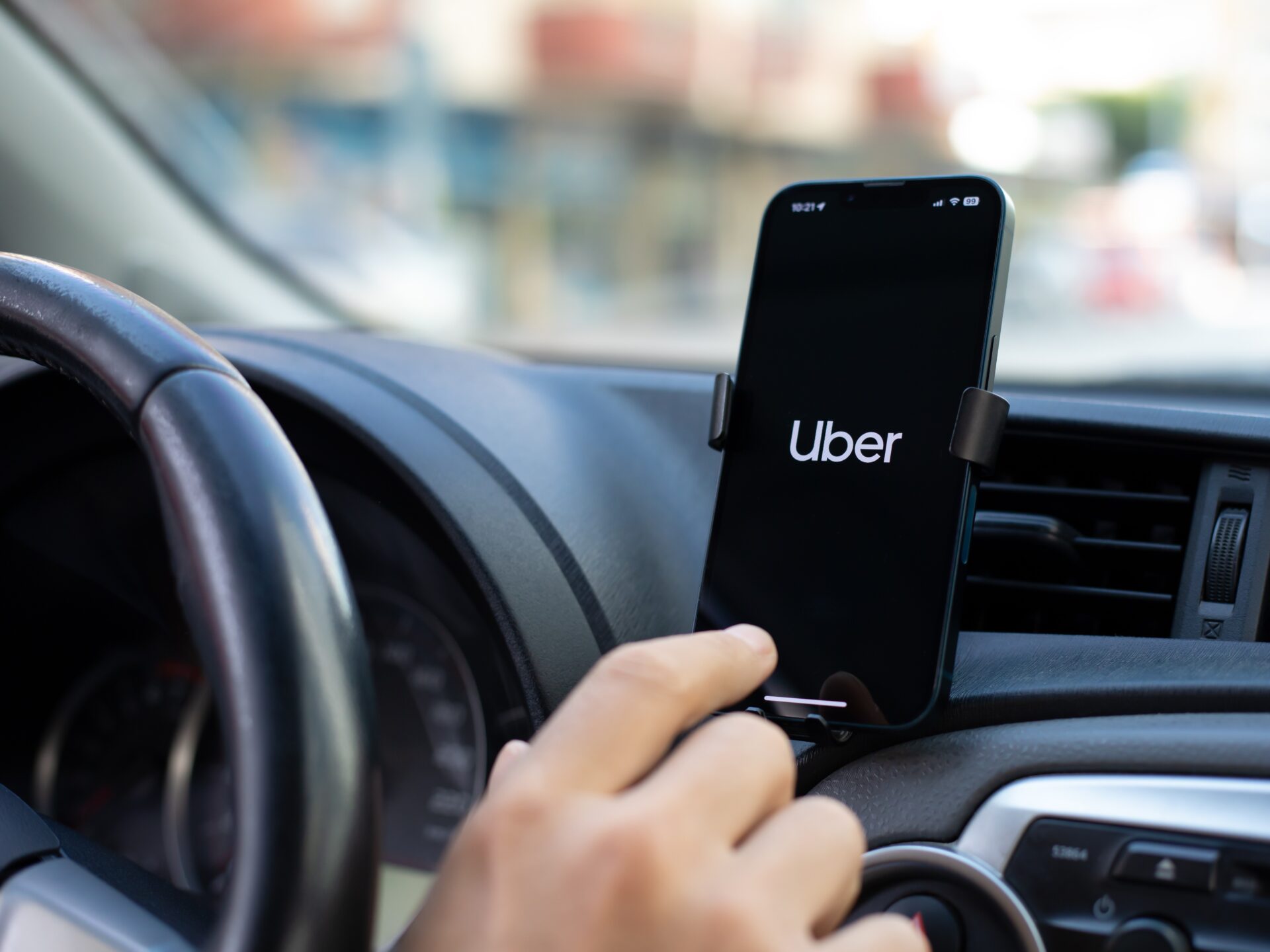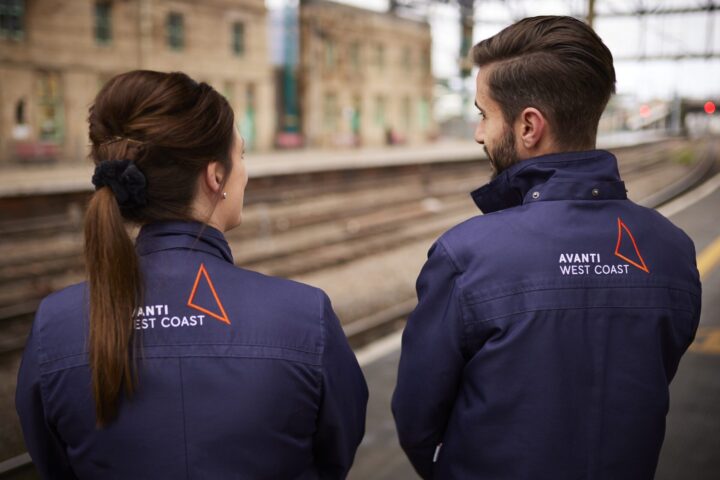Uber drivers in the UK saw their pay drop and working conditions worsen after Uber brought in dynamic pay, according to research from the University of Oxford and Worker Info Exchange.
The report, based on 1.5 million trips from 258 drivers, found that gross hourly pay fell from £22.20 to £19.06, before even counting costs like car hire, fuel, insurance or parking.
This has left many drivers earning below the national minimum wage, even after the 2021 Supreme Court ruling meant Uber drivers should be paid at least minimum wage.
The research also showed that most long-serving Uber drivers now earn less per hour than before dynamic pay came in, with only a small number of new or part-time drivers making more.
Additionally, drivers could no longer guess what they would earn based on where or when they worked.
Before dynamic pay, Uber took a fixed 25% commission.
Now, Uber can take up to 50% or more from some trips.
On average, standby hours went up by more than an hour per week since 2022.
Earlier research from Worker Info Exchange put the cost of unpaid waiting time at £1.9bn a year for UK drivers.
The report described these changes as “algorithmic gamblification”, with drivers forced to gamble in real-time for fair pay, without knowing how prices are set or being able to do anything about it.
Worker Info Exchange estimated that Uber drivers in the UK lost out on $1.6bn (£1.26bn) in pay over the last year due to Uber increasing its commission share.
James Farrar, director at Worker Info Exchange, said: “Uber UK managers must now come clean and explain to their workers how their pay is set — and how much of each fare the company is taking.
“If Uber is allowed to continue getting away with the algorithmic trickery of its so-called ‘dynamic pay’ model, we should not be surprised when hyper-variability and AI-induced precarity in pay become the norm across the entire labour market.”
Reuben Binns, associate professor of human centred computing at the University of Oxford, said: “Uber’s dynamic pricing and pay algorithms are squeezing drivers while fleecing customers.
“The more customers pay, the higher Uber’s cut, and the less drivers keep, meaning that drivers are worse off even as they generate more profits for Uber.”
















